 Cool Summer, Warm Future: Extreme Heat Days Increase For Southern California
Cool Summer, Warm Future: Extreme Heat Days Increase For Southern CaliforniaScienceDaily (Sep. 29, 2008) — Summer 2008 in Southern California goes down in the books as cooler than normal.
The thermometer in downtown Los Angeles topped 90 degrees Fahrenheit (32.2 degrees Celsius) just once in July, August and the first two-thirds of September.
But don't expect this summer's respite from the usual blistering heat to continue in the years to come, cautions a group of NASA and university scientists: The long-term forecast calls for increased numbers of scorching days and longer, more frequent heat waves.
One hundred years of daily temperature data in Los Angeles were analyzed by scientists at NASA's Jet Propulsion Laboratory, Pasadena, Calif.; the University of California, Berkeley; and California State University, Los Angeles. They found that the number of extreme heat days (above 90 degrees Fahrenheit or 32.2 degrees Celsius in downtown Los Angeles) has increased sharply over the past century. A century ago, the region averaged about two such days a year; today the average is more than 25. In addition, the duration of heat waves (two or more extreme heat days in a row) has also soared, from two-day events a century ago to one- to two-week events today.
"We found an astonishing trend – a dramatic increase in the number of heat waves per year," says Arbi Tamrazian, lead author of the study, and a senior at the University of California, Berkeley.
Tamrazian and his colleagues analyzed data from Pierce College in Woodland Hills, Calif., and the Los Angeles Department of Water and Power in downtown Los Angeles. They tracked the number of extreme heat days and heat waves from 1906 to 2006. The team found that the average annual maximum daytime temperature in Los Angeles has risen by 5 degrees Fahrenheit (2.8 degrees Celsius) over the past century, and the minimum nighttime temperature has increased nearly as much. They also found that heat waves lasting six or more days have been occurring regularly since the 1970s. More recently, two-week heat waves have become more common.
The team forecasts that in coming decades, we can expect 10- to 14-day heat waves to become the norm. And because these will be hotter heat waves, they will be more threatening to public health.
"The bottom line is that we're definitely going to be living in a warmer Southern California," says study co-author Bill Patzert, a JPL climatologist and oceanographer. "Summers as we now know them are likely to begin in May and continue into the fall. What we call 'scorcher' days today will be normal tomorrow. Our snow pack will be less, our fire seasons will be longer, and unhealthy air alerts will be a summer staple.
"We'll still get the occasional cool year like this year," Patzert continued, "but the trend is still towards more extreme heat days and longer heat waves."
So what's behind this long-term warming trend? Patzert says global warming due to increasing greenhouse gases is responsible for some of the overall heating observed in Los Angeles and the rest of California. Most of the increase in heat days and length of heat waves, however, is due to a phenomenon called the "urban heat island effect."
Heat island-induced heat waves are a growing concern for urban and suburban dwellers worldwide. According to the U.S. Environmental Protection Agency, studies around the world have shown that this effect makes urban areas from 2 to 10 degrees Fahrenheit (1 to 6 degrees Celsius) warmer than their surrounding rural areas. Patzert says this effect is steadily warming Southern California, though more modestly than some larger urban areas around the world.
"Dramatic urbanization has resulted in an extreme makeover for Southern California, with more homes, lawns, shopping centers, traffic, freeways and agriculture, all absorbing and retaining solar radiation, making our megalopolis warmer,” Patzert said.
These trends may capture the attention of utility companies and public health officials. "We'll be using more power and water to stay cool," says study co-author Steve LaDochy of California State University, Los Angeles. "Extreme heat, both day and night, will become more and more dangerous, even deadly."
The findings are published in the July 2008 issue of the Yearbook of the Association of Pacific Coast Geographers. JPL oceanographer and climate scientist Josh Willis was also a co-author on the research.
WEATHER NOTE
Hurricane Ike’s effects linger in the Great Lakes
Although Hurricane Ike is long gone, its impact lingers more than a thousand miles from where it made landfall. Runoff from tributaries dumped massive amounts of sediment into Lake Michigan, contaminating the water, compromising near-shore navigation and raising E coli bacteria to levels unsafe for swimming.
According to Richard Whitman, a U.S. Geological Survey (USGS) expert on beach health, 'The local effects that Ike had on Lake Michigan's Indiana shoreline, water depth, and water quality have been profound.'
While assessing Ike's impact on the lake, Whitman noted that 'The velocity and height of a tributary emptying into Lake Michigan at Portage, Indiana went off the chart. We measured a tremendous amount of sediment accumulation Near Ogden Dunes.'
USGS scientists use high tech, state-of-the-art equipment in the lake to measure runoff, the lake's currents, and sediment input during storms. These data are used to forecast whether a beach is unsafe for swimmers. Beaches are subject to high bacteria levels following storms.
Heavy rains from Ike significantly impacted northwestern Indiana and Chicago because the ground was already saturated by a stalled cold front.
Boat users risking their lives by not following safety advice
Over the last few days a number of small vessels have been given assistance by Coastguards and Lifeboats after they were taken to sea without having even the basic safety equipment for communicating a problem on board. Fortunately all aboard were rescued without harm to themselves or their boats. It is VITAL, even when taking a small boat a short distance off shore, that some means of communication is carried. The best means is a VHF Radio with channels specifically selected for maritime use. Flares are also desirable and when these are fired can be seen for quite a distance. Even a mobile telephone is better than nothing, but beware once a mobile phone gets wet it is useless and communications can be very erratic at sea with cliffs, headlands etc. interrupting the signal strength, and remember your phone is only good to use, even in an emergency call ‘999’, if you are in the footprint of an aerial of your network provider.
( Have you ever seen an aerial at sea???? )
Gustav found one gap in marine industry hurricane preparation
The breaking of their moorings by three vessels in the New Orleans Industrial Canal--more correctly the Inner Harbor Navigation Canal (IHNC)-- during Hurricane Gustav appears to have been an isolated exception to the general effectiveness of maritime industry preparations for the storm.
The Gulf Intracoastal Canal Association says that the Coast Guard, Corps of Engineers and inland barge industry have collaborated extensively since the 2005 hurricane season to better prepare for and respond to hurricane events along the Gulf Coast.
Specifically, the collaboration produced a detailed, written protocol for storm preparation, communications and response efforts as they pertain to the marine industry, including rigid procedures for evacuating vessels in advance of a storm, or securing vessels in-place when evacuation is not feasible.
The protocol proved effective during Hurricane Gustav, with the exception of the isolated incidents inside the Inner Harbor Navigation Canal (IHNC).
In the New Orleans area, the hurricane protocol originally focused on the vulnerable reach of the Lower Mississippi River below the Port of New Orleans. Knowing that a planned closure of the IHNC Lock in the summer of 2008 could pose additional challenges to the marine industry's storm preparation and evacuation efforts, the Corps of Engineers and Coast Guard called for a special meeting with the inland barge industry in the spring of 2008 to address potential problems.
During Hurricane Gustav, three vessels that were docked in the Inner Harbor Navigation Canal broke from their moorings, posing potential threat to nearby structures. These vessels were not in active service, and were not owned by any company actively involved in maritime commerce. It is presumed these vessels had been decommissioned and were destined for scrap. A thorough investigation will determine the ownership of these vessels and the reasons why they failed to remain secured during the storm.
Of all the inland barge vessels that were in active service and located within the New Orleans jurisdiction of protocol as Hurricane Gustav approached, ninety-five percent complied with advisories to evacuate the area, and none remained in the IHNC during the storm. As a result, virtually no damage was inflicted by loose barges that were in active service on this reach of the waterway.
The Coast Guard, Corps of Engineers and inland barge industry went to great lengths to anticipate all sources of risk in the IHNC and address them in advance of the IHNC Lock closure in August, including specific procedures and limitations for securing vessels in the IHNC during a storm. There was obviously a failure inside the IHNC during Hurricane Gustav, and pending conclusion of the investigation, additional measures will be developed in order to avoid recurrence of this event.
The GICA was established in 1905 to promote the concept of a single channel connecting all major Gulf Coast ports. The Gulf Intracoastal Waterway was completed in 1949 as a result of a major collaborative effort. The GICA says it is the only organization focused on promotion, protection and maintenance of the Gulf Intracoastal Waterway.
RS










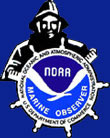





















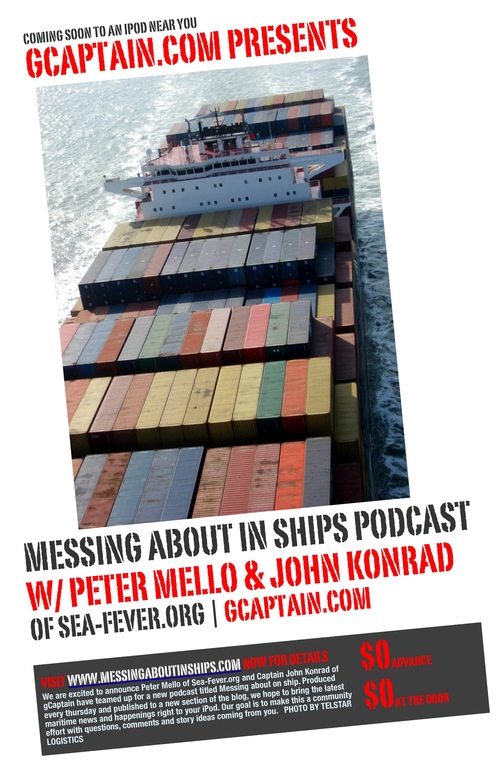




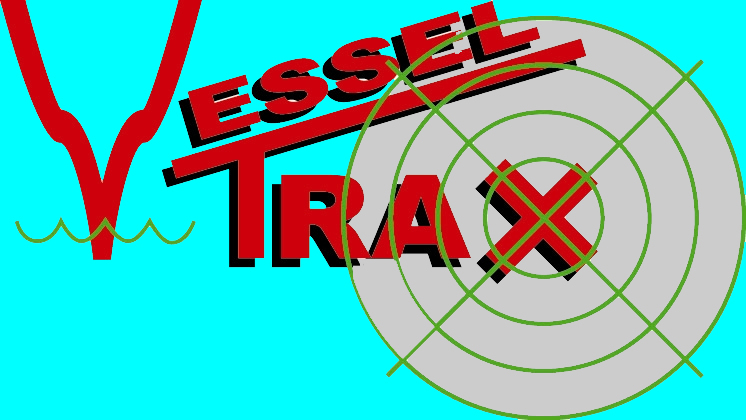




















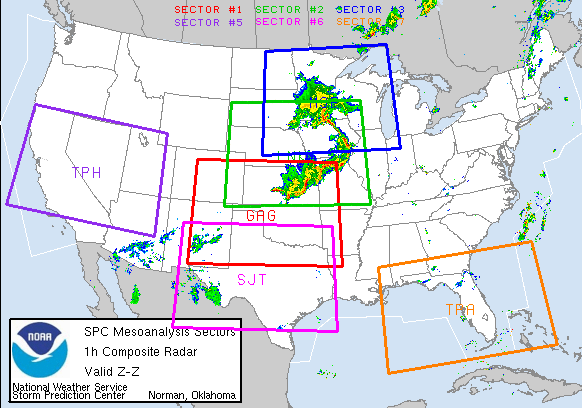














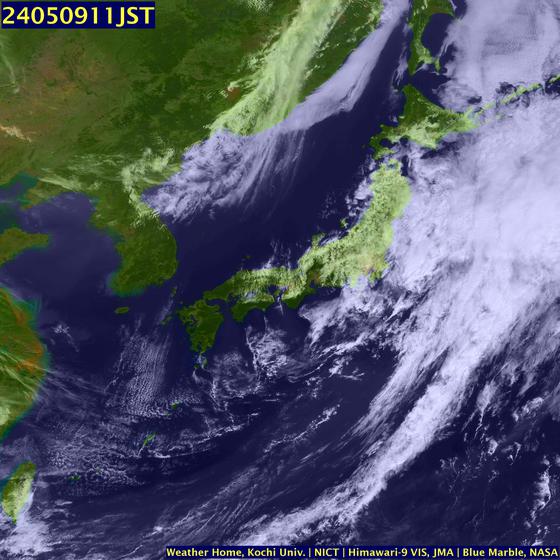

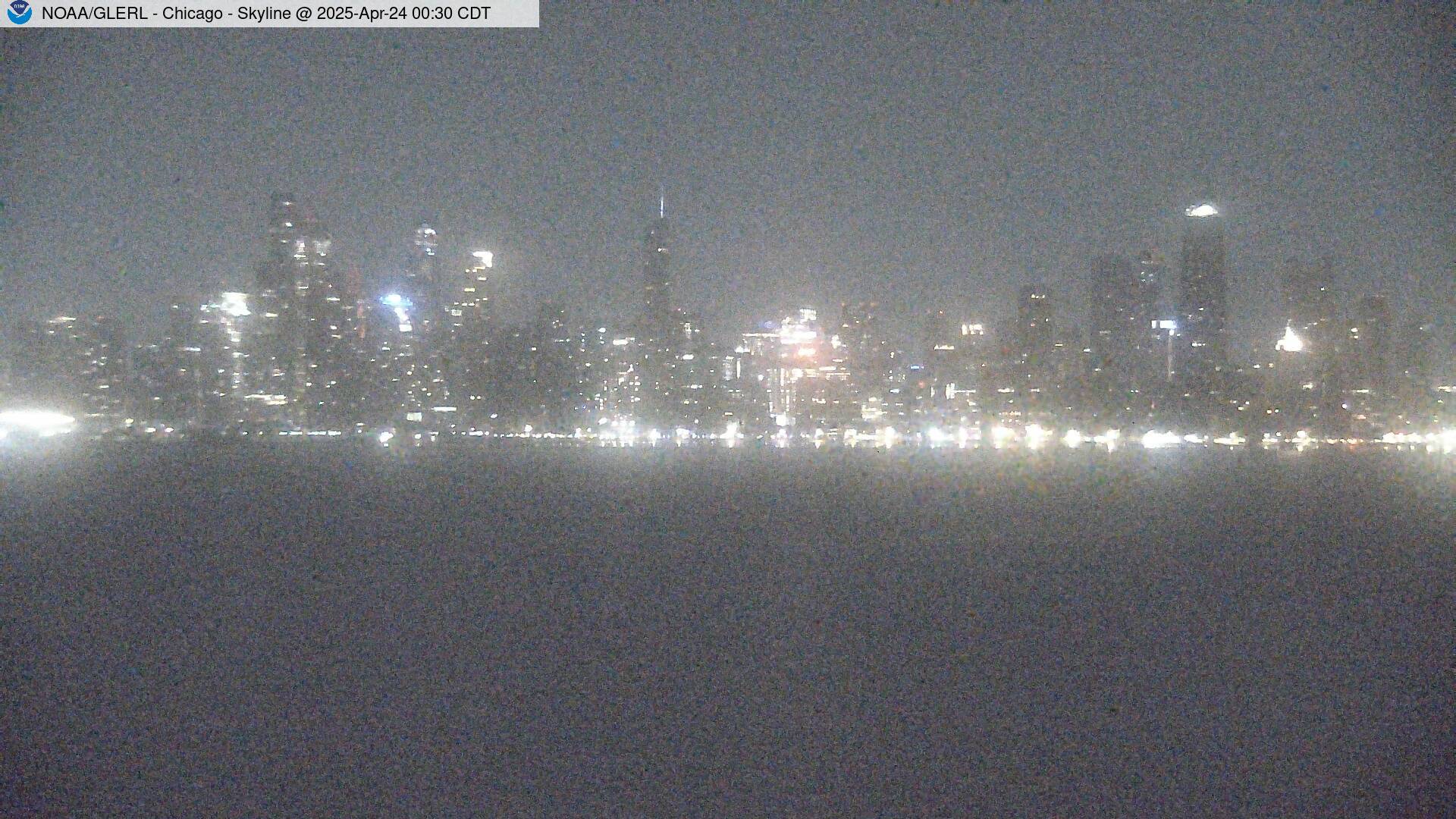






















![Validate my RSS feed [Valid RSS]](valid-rss.png)
1 comment:
Nice Post. It was intresting to note that Gustav had an effect so far to the north.
Keep up the good work. Have added you in my link list.
Cheers,
Velu
Post a Comment